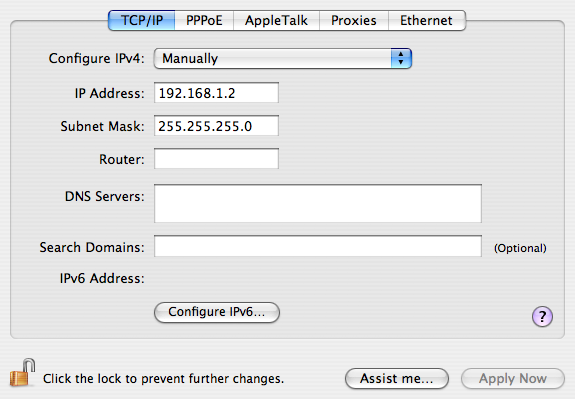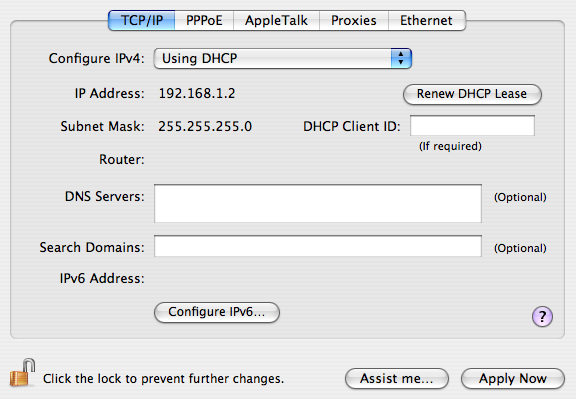Slashdot reported on an opinion piece by David Sivers entitled, “7 reasons I switched back to PHP after 2 years on Rails.” It’s sparked heated discussion about languages, but if you read the article carefully, it’s not really anti-Ruby or pro-PHP, though David does imply serious shortcomings to Rails. He writes, “at every step, it seemed our needs clashed with Rails’ preferences.”
The problem with the short piece is that he’s not very specific about what these “preferences” are. The main criticisms seem to be that Rails is too complicated, too slow, and doesn’t allow direct SQL. Complexity and performance are often the cost of using a large web framework; these don’t seem like Rails problems, but issues you’d have to deal with when using any big framework (in fact, there’s an apples-and-oranges dimension here: Ruby on Rails is a full web stack and architecture, whereas PHP is a scripting language with built-in access to tons of different libraries. But we’ll put that aside for now.). As for direct SQL, a lot of folks have pointed out that David is just plain mistaken about not being able to do what he wanted.
The real reasons he switched back actually have little to do with PHP per se: read the piece carefully and you’ll see he’s much more comfortable thinking in terms of libraries than frameworks. Also, he needed to integrate tightly with an existing codebase. Those two things are the real reasons why switching back to PHP worked for him. They don’t have anything to do with either the strengths or failures of Ruby on Rails itself.
David doesn’t quite do justice to his main point, which is actually about software development, not language features: don’t expect a much touted language or tool to work magic for you. Of course, this should apply as much to PHP as to Rails! I’m not trying to defend Rails, which I know zilch about. There’s a bigger lesson here: the strengths and weaknesses of languages have less to do with success than the overall environment, the functional and integration requirements, and the coders’ facility with a toolset.

